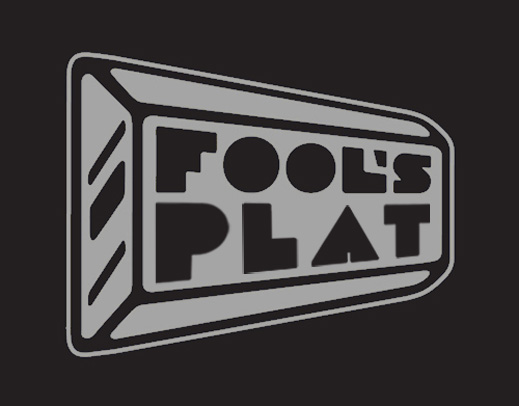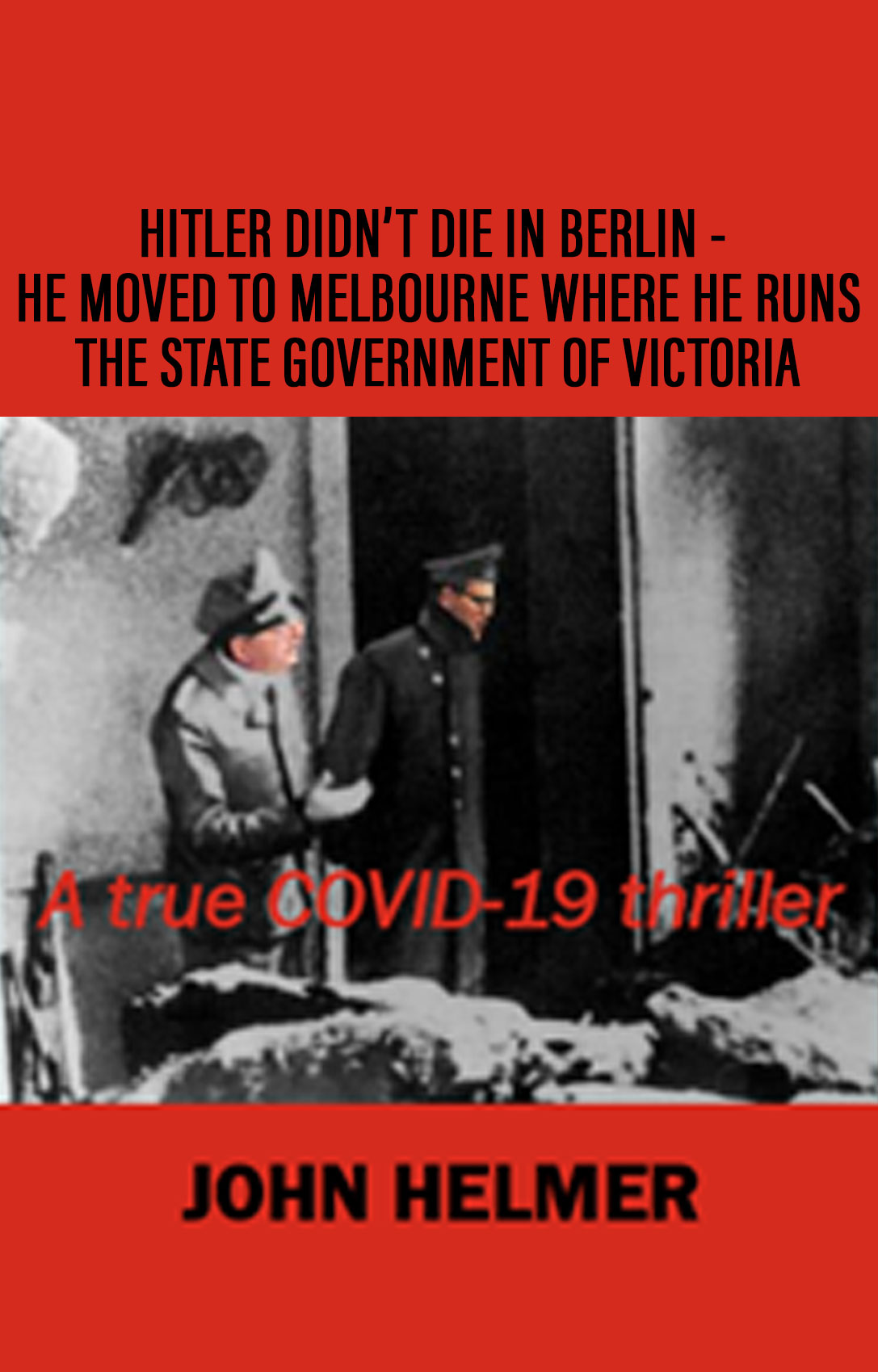
By John Helmer, Moscow
Like the metal itself, Russian Platinum is shy, but ambitious in turn to be recognized as expensive. This isn’t as persuasive as a junior miner of precious metals needs to be if it wants to raise money and find share buyers in the market, as Russian Platinum’s owners, the Bazhaev family, are now proposing.
But their first attempt at a private offering to Russian private equity funds in Moscow last December failed, and they are hiding the presentation document that was distributed. Whether a second attempt will be made at an initial public offering (IPO) on the Alternative Investment Market (AIM) of the London Stock Exchange depends on whether the company can overcome its coyness and disclose the normal amount of information to be truth tested by the Financial Services Authority (FSA).
That is likely to involve comparison with the last Russian resource stock to list in London, the better known RusPetro. Since that’s an oil venture, a more comparable benchmark for Russian Platinum is Intergeo, the nickel and copper promotion by Mikhail Prokhorov and Maxim Finsky; that failed at its debut last month on the Toronto Stock Exchange.
There is no guarantee of truth if, as Musa Bazahev has already announced, the underwriting mandate for the IPO goes to Morgan Stanley and Goldman Sachs. Morgan Stanley was responsible for the Intergeo debacle. Goldman’s last Russian outing in the London market was Global Ports Investments (GPI), an oil-tracking transportation company which hasn’t been able to stabilize above its launch price last July.
The AIM listing rules are soft on the publication of audited financial data, and require cash backing of no more than 18 months’ working capital, so it’s a cinch the underwriters could launch the Russian Platinum prospectus, if they dare to promote unstudied and unproven reserves and resources Russian experts haven’t heard of before.
Since one of the big investment lures Russian Platinum is offering in its platinum portfolio is Chernogorskoye, the fact that this is an asset Prokhorov thought so poorly of he sold it last year to Russian Platinum may be deterring. Then there is this month’s declaration of war from Norilsk Nickel, which won the state auction of mining rights last October to the Norilsk-1 deposit, but then lost it to Russian Platinum on June 15. Unless the Bazhaevs are planning to mine the two deposits by dropping personnel and supplies by parachute, and despatch the metal out by ballistic rocket, they will require the agreement and cooperation of Norilsk Nickel to use the roads, rail, river and power infrastructure.

The Bazhevs have been at war over mineable deposits before. In 2007, when Russian Platinum was still a gleam in their eye, the family were persuaded by then governor of Khabarovsk, Victor Ishaev, to oust Victor Lopatyuk, the control shareholder and chief executive of Amur Artel. At that time, the alliance with Ishaev, and also with presidential assistant Igor Sechin, sustained the Bazhaevs in a regional oil business, centered around the Khabarovsk refinery and the Bazhaev vehicle, Alliance Oil. But Ishaev and Lopatyuk had a falling-out, and for reasons which the latter will explain to the regulatory authorities in London, he was obliged to flee for his safety to San Francisco. Ishaev then stepped into the background, while the Bazhaevs started buying Amur shares at unusually low prices.
Lopatyuk countered by making an unexpected alliance with the Alfa group of Mikhail Fridman and Alexei Kuzmichev, adversaries not even Ishaev had the stomach to fight. Musa Bazhaev remembered the contest of wills in retrospect in an interview with Kommersant in 2008. “I offered [Lopatyuk] the post of chairman of the [Amur] board of directors, big salaries, guaranteed to keep his management team [in 2006]. But a year later [2007], we realized that at the same time he was in talks with the Alfa Group, and [Alfa] decided to start buying [shares]. This turned out to be the right thing to do, but if we had been late for three or four days, we would not have collected [a stake of] 53%; Alfa had 43%. Although in our corporate struggle we had gone far, when negotiations began with Mikhail Fridman, and we already had a larger package [than his], we made him an offer to buy shares, and he accepted it.” Fridman, whose disinterest in mining reflects his impatience with the slowness of the payback, had decided to cash in his profit, and spend the money on non-mining investments in western Russia.
To Alfa, however, Lopatyuk had disclosed a reliable benchmark of what Amur’s mineable reserves were, particularly at the Kondyor platinum deposit. In 2007 these amounted to 30 tonnes of platinum (964,500 troy ounces). Subtracting the 3 tonne to 4 tonne (96,450 oz-128,600 oz) annual production at Kondyor over the five years since then, leaves a mineable reserve of less than 15 tonnes (482,000 oz). Rapid depletion of reserves and a prospective life of mine of only five years are the reasons which have obliged Amur to morph into Russian Platinum, and for the latter to pursue new mineable deposits on the opposite side of the country, in the Taimyr region of the Arctic northwest.
None of this is reported by Russian Platinum itself. Asked what the fareastern output of platinum and other precious metals has been annually since 2007, and what the current reserves may be, the company flatly refuses to say. There is also no website or publicly available, audited financial reports.
According to Bazhaev’s 2008 interview, “production last year [2007] totaled more than 3 tonnes [96,450 oz] of gold and 3.7 tonnes [119,000 oz] of platinum… We plan to bring the asset to the market, transforming the artel into a public company. But first it has to be restructured. After that, we intend to stay first in Russia and then in international markets, especially considering London and Toronto. By the time of the [IPO] placement, its audited reserves should make 150-200 tonnes [4.8-6.4 million oz] of gold equivalent, and over five years we plan to increase them to 500 tonnes [16.1 million oz]. According to the preliminary expert valuation, Amur [Russian Platinum] is worth about $1 billion.”
For the time being, London investment fund managers acknowledge they have met Russian Platinum on a get-acquainted basis, but know nothing about its business prospects, production capacity, and reserves. Sources in Moscow, who were on the receiving end of the placement prospectus last December, say that in order to offset the depleting assets in Khabarovsk, the Bazhaevs had no choice but to start buying in the northwest, even if that means a fight with Norilsk Nickel.
But the sources were surprised to see Russian Platinum claiming that its freshly acquired Chernogorskoye [“Black Mountain”] deposit contains mineable reserves of at least 16 million oz of platinum. The proposed mining plan for the deposit, according to the documents, calls for annual production of 200,000 oz of platinum, 500,000 oz of palladium.
Russian press reports leaked by Russian Platinum this past April claim the Bateman consultancy has been hired to study the Chernogorskoye deposit and devise a mining plan. The annual ore capacity is said to be 6 million tonnes, with each tonne of ore containing 3.9 grams of platinum group metals. That suggests mine output per annum of 23.4 tonnes, or just over 752,000 oz. — almost exactly what Russian Platinum was telling the Russian money-men at Christmas.
Such robust numbers weren’t obvious to Vladimir Potanin and Mikhail Prokohorov when they added the deposit to the Norilsk Nickel portfolio. Potanin then accused Prokhorov of nicking the asset among a dozen or so deposits which he bagged into the Intergeo company and tried to make a getaway with. That story was told here.
After those two resolved their differences and agreed on an asset split, the charge of stealing was dropped. What happened next, according to the Intergeo prospectus last month, was that Prokhorov decided not to include Chernogorskoye in the Intergeo presentation to the Toronto market. According to the prospectus, Potanin and Prokhorov did their asset deal in November 2010, when Chernogorskoye was included among the properties of a Prokhorov entity called LLC Kvarto, which in turn was a 33.15% stakeholder in Intergeo. Five months later, Kvarto sold Chernogorskoye to Russian Platinum. According to the prospectus: “Chernogorskaya [sic] was a subsidiary of Kvarto LLC until April 2011.” That Prokhorov sold to the Bazhaevs, and what was paid in the deal, aren’t spoken of by Onexim, Prokhorov’s holding company.
As for Norilsk-1, Russian media reports claim this is rich in platinum group metals, with an estimated 17 million oz of platinum and palladium in the B and C1 categories; 36 million oz in the C2 category. A tender by the state mine licensing authority Rosnedra last October was invalidated on the ground that Norilsk Nickel was the sole bidder. A rerun early this month awarded the deposit to Russian Platinum over Norilsk Nickel with a winning bid of Rb22.5 million ($689,000). The licence conditions allow the winner 12 years in which to start a mine processing plant, and 13 years to bring the mine to full capacity.
Russian Platinum is refusing to answer questions about the bidding, its financial capabilities, or its plans. Norilsk Nickel is saying the award was a steal, and that the tender had been biased, possibly corrupt. Sources close to the bidding believe that Glencore may be behind the Russian Platinum bid in order to get at the nickel and copper stocks in the deposit. Glencore is also a 9% stakeholder in United Company Rusal, which in turn holds a 25% shareholding in Norilsk Nickel,. Glencore’s chief executive Ivan Glasenberg is an ally of Oleg Deripaska’s on the Rusal board.
A Norilsk Nickel executive has been quoted in the Russian press as saying his company will deny Russian Platinum the infrastructure required to reach the mine site. “Whether there is a place for another competitor, that’s the question. They couldn’t get around us and must arrange that with us.”
An investment in Russian Platinum, the Bazhaev group is about to explain, is a wager that they and their friends can defeat Potanin and his allies.











Leave a Reply